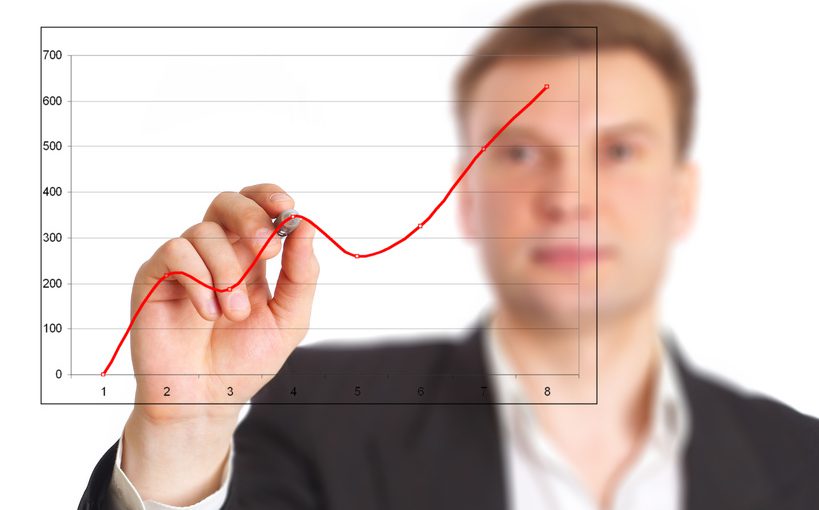Stock, commodity, foreign exchange, and fixed income markets are complex beasts that few can tame. There is no one right way to make trading decisions. When it comes to speculating on the direction of a given security traders generally have two ways of analyzing information and making trading decisions: fundamental analysis and technical analysis.
The first, and most traditional approach, is fundamental analysis. This is a broad topic and discipline. At the core, fundamental analysis revolves around the examination of supply/demand data, economic and financial data, and other qualitative and quantitative factors to determine the intrinsic value of a security. Fundamental analysis typically has a longer-term horizon, and is primarily used to make longer-term trading and investment decisions. In the long haul, the fundamentals rule.
The second approach, and the focus of this blog, is technical analysis. This is also a broad topic and is not as widely practiced as fundamental analysis. However, that is quickly changing.
The idea behind technical analysis is that all factors are discounted in price. If supply rises and demand falls, prices should go down. If there is a supply disruption, a popular new product, a positive quarterly earnings report, or even a positive “gut feel” traders will buy and when they do prices will go up. Essentially, technical analysis involves the reading and interpretation of price charts to make decisions of when to buy or sell, and whether or not prices will rise or fall. Technical analysis is very good for short term analysis and trading decisions.
The popularity of technical analysis is relatively new. The roots of modern day technical analysis date back to the days of Charles Dow, and Dow Theory. Some pundits even theorize that the Japanese used the basis of technical analysis to trade rice. However, the concepts of technical analysis were viewed as a voodoo like practice and shunned by most Wall Street trading houses, banks, and investment firms until the 1990’s.
Technical analysis has become very popular over the past three decades, and those with a firm grasp on both technical and fundamental analysis are in high demand. Today, most seasoned market analysts and traders recommend that both a fundamental and technical view be used. By doing so, a trader or analyst can harness the best of both worlds and create a very effective approach to determining market direction, trend strength, key support and resistance, and potential turning points. All of these factors can be used to create a reliable and effective trading strategy that will give you and your firm an advantage over competitors.


